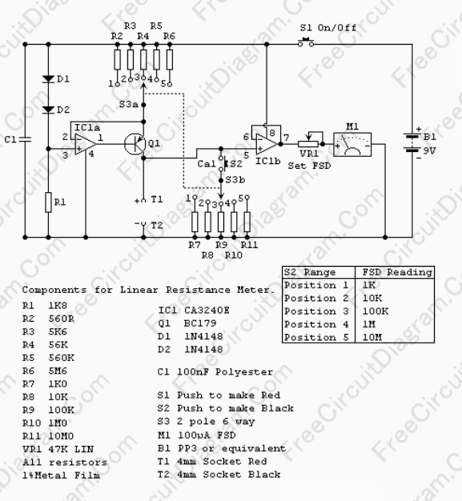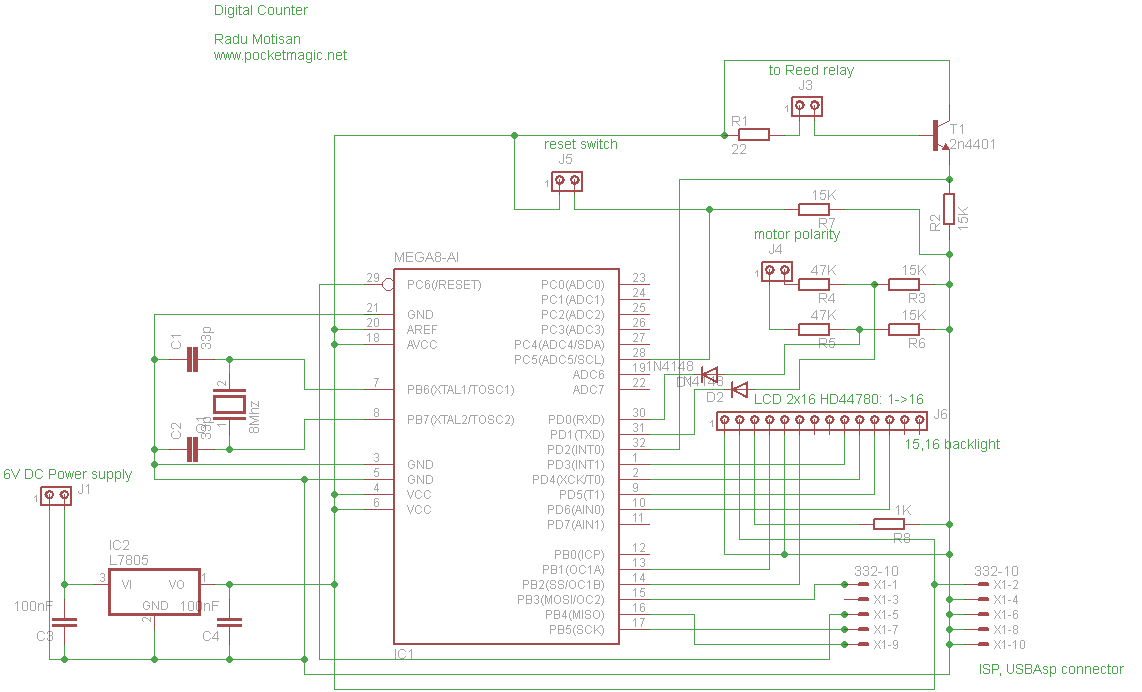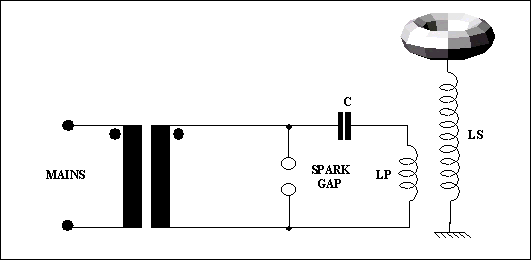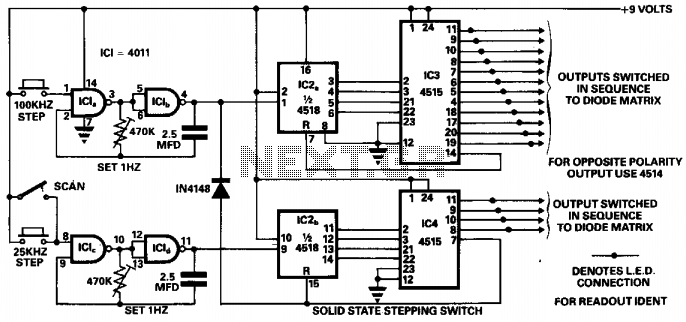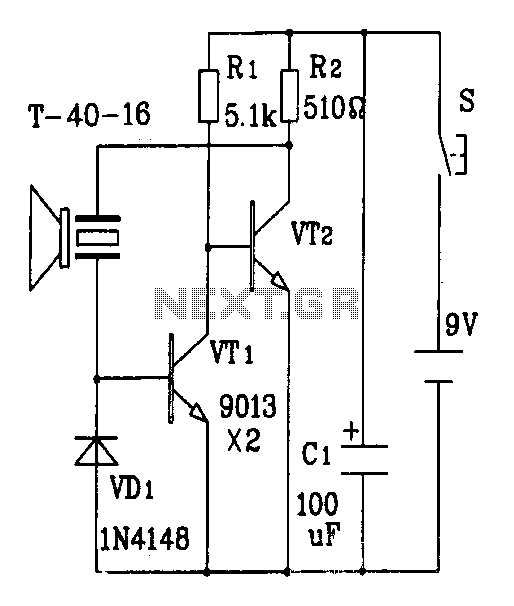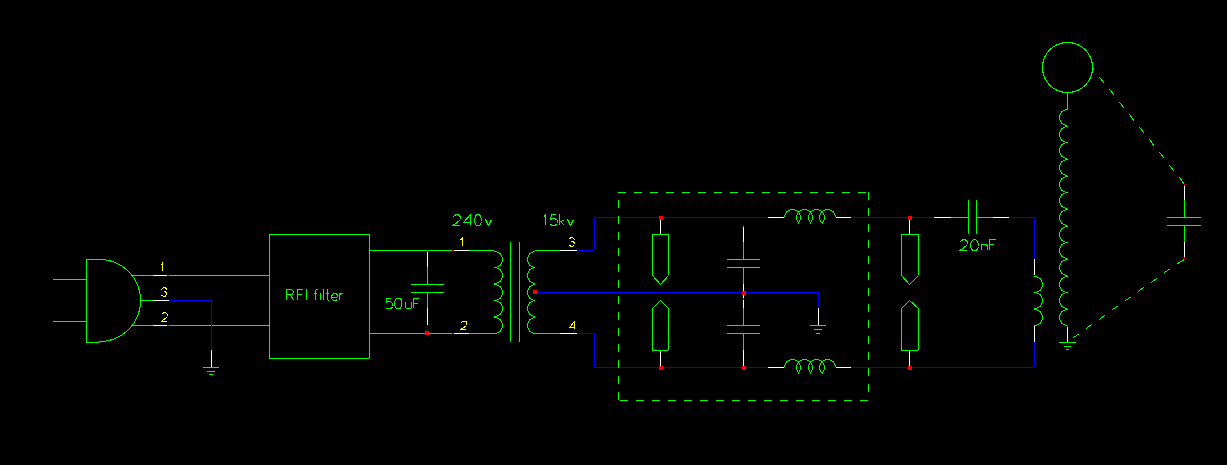
SCR to make a small solid state tesla coil
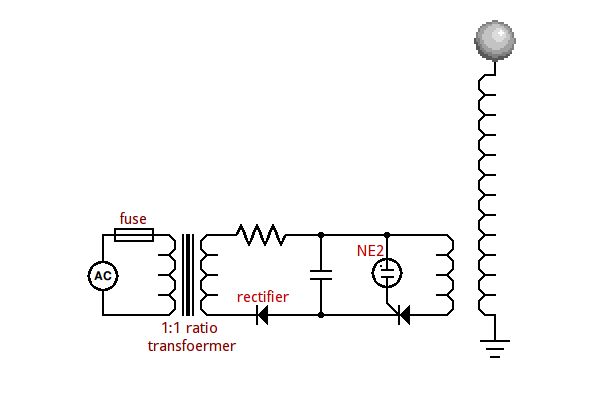
An SCR (Silicon Controlled Rectifier) functions similarly to a diode, allowing current to flow in one direction and can be turned on; it remains in this state until the power is interrupted. The query arises regarding its application in circuits, such as a Tesla coil or a fence charger, particularly when using a trigger transformer or ignition coil. The SCR can be turned off when the current flowing through it is momentarily reduced to zero. Older SCRs may require reverse current at the gate to turn off. It is crucial to note that SCRs are current-controlling devices. A brief interruption in the anode-to-cathode current can deactivate the SCR. Additionally, there is confusion regarding the functionality of SCRs, particularly when attempting to turn them off using the gate. A practical example is provided where an MCR72 SCR was tested with an LED, demonstrating that it can be turned on and off by manipulating the gate voltage. The inquiry also includes the potential use of a Zener diode to only conduct after reaching a threshold voltage. The SCR was tested at 9V with a flashlight bulb, but the expected behavior did not occur. The discussion touches on the applications of SCRs in high-power electronics, including inverters and phase-controlled bridges, and the challenges faced when building circuits with SCRs, such as maintaining charge in capacitors.
SCRs, also known as thyristors, are widely utilized in high-power electronics due to their ability to control large currents efficiently. Their operation relies on the principle of latching, where once triggered, they remain in the conducting state until the current drops below a certain threshold. This property makes them suitable for applications that require robust control over power delivery, such as in motor drives, light dimmers, and power converters.
In applications like Tesla coils or fence chargers, SCRs can be employed to manage the discharge of energy stored in capacitors, allowing for rapid switching and high voltage outputs. The design of circuits utilizing SCRs often incorporates additional components, such as diodes, zener diodes, or DIACs, to refine the triggering mechanism and ensure reliable operation. For instance, a Zener diode can be used to establish a threshold voltage, allowing the SCR to activate only when a specific voltage is reached, thereby protecting sensitive components from overvoltage conditions.
The McMurray inverter is a notable example of SCR application, demonstrating how SCRs can be used for efficient power conversion and control. This inverter design showcases the principles of SCR commutation and highlights the importance of managing the current flow to turn off SCRs effectively. In high-frequency applications, challenges arise as SCRs may latch due to insufficient current interruption, necessitating additional circuitry to manage turn-off conditions.
Overall, SCRs and their associated components, such as triacs, diacs, and SIDACs, form a critical part of high-power electronic systems. Their versatility and effectiveness in controlling current make them indispensable in various applications, from basic switching circuits to complex power management systems.From what I understand, an SCR is like a diode that can either be turned on to act like an everyday diode, and it will only turn back off when the power is cut. With this understanding, will this circuit work if not, can you explain even if itdoesn`twork as a tesla coil, will it work as a fence charger (with a triggertransformeror ignition coil) So then what am I misunderstanding, when power is cut to the SCR itself,
when there is no voltage across it. (without the capacitor) and no current flows. I don`t mean the entire circuit. if they can be turned off while current is flowing, how is it done Just with a brief "blackout" of power I read somewhere where that older SCR`s require backwards current at the gate to turn them off again. (also, are SCR`s and Thyristors the same exact thing ) Be careful talking of "power", SCR (same as a thryistor) are current controlling devices.
If you can very briefly blip the anode to cathode current to zero, then they turn off. Its back in the mists of time I actually studied these things, but see if you can find schematics for the McMurray inverter, if you`re interested in SCR commutation. I took apart a switching power supply and inside was an MCR72. I played around with the connections and I had it wired up to an LED. I then touched the gate to +v rail, and it turns on, and when I touched it to ground, it turns off. I though it is not possible to turn these off. Con you explain this please Currently I am trying to make a low voltage version of the above circuit.
only problem is that I need something that will only conduct after reaching the specified threshold voltage. Will a zener diode work I tried out the SCR on 9V with a flashlight bulb, and I wasn`t able to turn it off by touching the gate to ground.
but shouldn`t that allow electricity to flow from the first PNP transistor to ground instead of the second NPN transistor and thus break the clamping of the SCR, like I did with 4V what would happen if I replaced the neon with either a zener diode (in reverse) or to the proposed circuit above and what are some real world useful applications for this component I never see much circuitry using them. The reason YOU don`t see circuits using them, is that you don`t deal in high power electronics like inverters, phase controlled bridges etc etc.
They are THE goto method in high power systems. that`s why I used a bulb instead of an LED. fore more current flow. this explains why I see then in older electronics and in high power stiff (like where I got this one from. a ~100W switching power supply) thank you for your reply and stuff. Im going to try to build the above circuit with a DIAC and see what happens. Thanks! I built a circuit with a drill motor, where a 3000 uF capacitor charges up though some small resistors, then discharges into the SCR.
This creates a significant delay from the time voltage is applied to when the motor turns on. only problem is that the capacitor remains charged for next use, so cutting the power, it turns on instantly. No, but there are tricks to turning SCRs OFF when you need to - like I said, see "Mcmurray inverter" for some concepts.
Its pretty heavy electronic theory - I studied it for my degree, a long time ago. Thank you for your help. I built it using an ignition coil and now I have a good fence charger like circuit. I can`t seem to get it to work with higher frequencies because the SCR will stay latched. I will continue work with this and see how far I can take it! with either a zener diode or a DIAC or SIDAC are SCR`s, trisistors, triacs, diacs and TRIAC`s and all part of the same family and often used together, (I often see them used in old-school technology) This kind of Tesla coil isn`t solid state, it is called an off line Tesla coil (OLTC) I`m not sure if anyone has built one with a thyristor but it may be possible. (most are made with IGBT`s, I`m building one at the moment. ) Whereas an OLTC 🔗 External reference
SCRs, also known as thyristors, are widely utilized in high-power electronics due to their ability to control large currents efficiently. Their operation relies on the principle of latching, where once triggered, they remain in the conducting state until the current drops below a certain threshold. This property makes them suitable for applications that require robust control over power delivery, such as in motor drives, light dimmers, and power converters.
In applications like Tesla coils or fence chargers, SCRs can be employed to manage the discharge of energy stored in capacitors, allowing for rapid switching and high voltage outputs. The design of circuits utilizing SCRs often incorporates additional components, such as diodes, zener diodes, or DIACs, to refine the triggering mechanism and ensure reliable operation. For instance, a Zener diode can be used to establish a threshold voltage, allowing the SCR to activate only when a specific voltage is reached, thereby protecting sensitive components from overvoltage conditions.
The McMurray inverter is a notable example of SCR application, demonstrating how SCRs can be used for efficient power conversion and control. This inverter design showcases the principles of SCR commutation and highlights the importance of managing the current flow to turn off SCRs effectively. In high-frequency applications, challenges arise as SCRs may latch due to insufficient current interruption, necessitating additional circuitry to manage turn-off conditions.
Overall, SCRs and their associated components, such as triacs, diacs, and SIDACs, form a critical part of high-power electronic systems. Their versatility and effectiveness in controlling current make them indispensable in various applications, from basic switching circuits to complex power management systems.From what I understand, an SCR is like a diode that can either be turned on to act like an everyday diode, and it will only turn back off when the power is cut. With this understanding, will this circuit work if not, can you explain even if itdoesn`twork as a tesla coil, will it work as a fence charger (with a triggertransformeror ignition coil) So then what am I misunderstanding, when power is cut to the SCR itself,
when there is no voltage across it. (without the capacitor) and no current flows. I don`t mean the entire circuit. if they can be turned off while current is flowing, how is it done Just with a brief "blackout" of power I read somewhere where that older SCR`s require backwards current at the gate to turn them off again. (also, are SCR`s and Thyristors the same exact thing ) Be careful talking of "power", SCR (same as a thryistor) are current controlling devices.
If you can very briefly blip the anode to cathode current to zero, then they turn off. Its back in the mists of time I actually studied these things, but see if you can find schematics for the McMurray inverter, if you`re interested in SCR commutation. I took apart a switching power supply and inside was an MCR72. I played around with the connections and I had it wired up to an LED. I then touched the gate to +v rail, and it turns on, and when I touched it to ground, it turns off. I though it is not possible to turn these off. Con you explain this please Currently I am trying to make a low voltage version of the above circuit.
only problem is that I need something that will only conduct after reaching the specified threshold voltage. Will a zener diode work I tried out the SCR on 9V with a flashlight bulb, and I wasn`t able to turn it off by touching the gate to ground.
but shouldn`t that allow electricity to flow from the first PNP transistor to ground instead of the second NPN transistor and thus break the clamping of the SCR, like I did with 4V what would happen if I replaced the neon with either a zener diode (in reverse) or to the proposed circuit above and what are some real world useful applications for this component I never see much circuitry using them. The reason YOU don`t see circuits using them, is that you don`t deal in high power electronics like inverters, phase controlled bridges etc etc.
They are THE goto method in high power systems. that`s why I used a bulb instead of an LED. fore more current flow. this explains why I see then in older electronics and in high power stiff (like where I got this one from. a ~100W switching power supply) thank you for your reply and stuff. Im going to try to build the above circuit with a DIAC and see what happens. Thanks! I built a circuit with a drill motor, where a 3000 uF capacitor charges up though some small resistors, then discharges into the SCR.
This creates a significant delay from the time voltage is applied to when the motor turns on. only problem is that the capacitor remains charged for next use, so cutting the power, it turns on instantly. No, but there are tricks to turning SCRs OFF when you need to - like I said, see "Mcmurray inverter" for some concepts.
Its pretty heavy electronic theory - I studied it for my degree, a long time ago. Thank you for your help. I built it using an ignition coil and now I have a good fence charger like circuit. I can`t seem to get it to work with higher frequencies because the SCR will stay latched. I will continue work with this and see how far I can take it! with either a zener diode or a DIAC or SIDAC are SCR`s, trisistors, triacs, diacs and TRIAC`s and all part of the same family and often used together, (I often see them used in old-school technology) This kind of Tesla coil isn`t solid state, it is called an off line Tesla coil (OLTC) I`m not sure if anyone has built one with a thyristor but it may be possible. (most are made with IGBT`s, I`m building one at the moment. ) Whereas an OLTC 🔗 External reference
